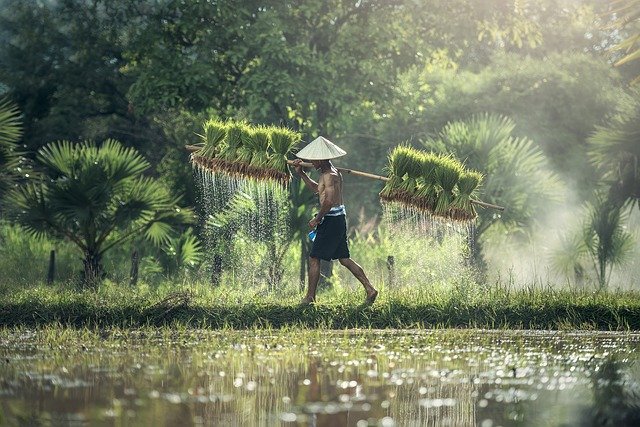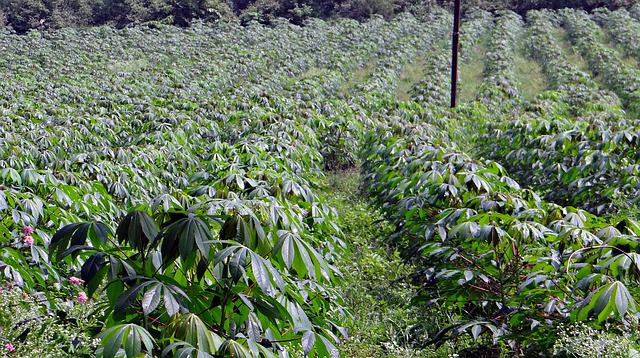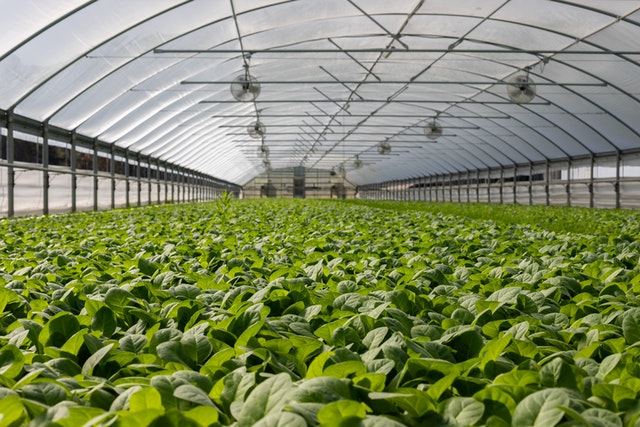The majority of the population in India mainly depends on farming. India is a land for farmers and farming, is the main income source generated from this profession. However, the main focus of this post is to explain plantation farming. We disclose how India grows this commercial farming and how much they gain profit from plantation agriculture.
In farming practice, most farmers choose animal farming and also plant-based farming. Though the main purpose of agricultural practices is to get a better livelihood now in the present time farmers strongly focus on commercial cultivation.
Let’s know how farmers of India do plantation farming and build strong financial bases.
What Is Plantation Farming?
In the very beginning, you may have questions about what is plantation farming and how can we give a proper definition of this. The proper definition of plantation farming is a form of commercial cultivation. The main intention of this farming practice is to produce crops for making profits. Single crops get priority in this farming. Farmers needed large farming land, modern farming tools with general skills.
The crops grown mainly in this farming are- cotton, tea, cocoa, coffee, sugar cane, oil plums, oil seeds, sisal, opium, rubber trees, etc. The location of this farming is located depending on the climate and advantage of the capital.
Plantation cultivation gets successful with large lands and huge capitals. Various studies show that most farmers are unaware of plantation practices and they are unable to differentiate them from other farming. Plantation agriculture has an interface with industry. In respective industries the raw material used those supplies from the plantation.
We know that the maximum peoples by profession depend on farming though that would be cattle farming, goat farming, cow farming, sheep farming, poultry farming, fish farming, or mixed farming. But now they prefer plantation practice though these are also one type of commercial.
Characteristics of plantation farming:
Now we are clear about what exactly plantation farming is. And now here we explain the characteristics of plantation farming, below are the brief details:
Established During Colonial Era:
Long ago plantation agriculture was first established in Africa during the colonial era. At that time, it was nearly the 19th century when European countries ruled over Africa. The European rulers took away raw materials from Africa for their own industries.
Labor-Intensive:
The plantation is mainly a labor-intensive farming process and it is the main feature of this agricultural practice. It needs a large number of workers who are skilled. Labor strategies and recruiting them from other states or countries is a common feature of it.
Large In Size:
Plantation practice needs a large size of fields that covers thousands of hectares of farming land. Mainly it is run by local and foreign companies. Large size farming fields are an essential and key feature of plantation cultivation practice. We know about organic farming and terrace farming practices that belong to the traditional method. But both need large sizes of fields for cultivation.
Capital Intensive:
One of the most important of plantations is highly capital intensive. It needs lots of money investment. For crops produced the owners have their own factories and also have their own infrastructure. The owners have their own railway lines, roads for transportation of harvest crops from the factory to market.
Specialise In The Production Of A Single Crop:
The plantation is mainly known for single crop production and it is one of the main characters of this cultivation. In a few cases, we may observe monoculture but not randomly. The reason behind producing a single crop is to take advantage of implantation to marketing. Producing a single crop also provides perfectness for commercial agriculture.
Grown For Export:
In plantations, trees or crops are mainly grown for export. There are only a few countries that have agro-based industries. In most countries, crop plantations only practice exporting to other countries, which are strong in the industry.

Major Plantation Crops in India:
Previously we know that plantation crops refer to those of those plants which are farmed in large areas that are managed or owned by a company or individual. Plantation crops are rubber, oil palm, areca nut, coffee, cocoa, tea, coconut, etc. There are high value and great impacts of plantation farming to develop commercially. In India, plantation plays a vital role in developing its economic background. Below are some main crops that planting in India in different states:
Arecanut:
North-Eastern regions, the East coast, and the Western Ghats in India produce betelnut or areca nut and it is one of the most important cash crops here. The areca plants have varied heights and tall stems and these totally depend on the environmental conditions. This plant immensely impacts social, cultural, and religious celebrations. It is also used in Ayurvedic medicine and has huge demand in the market. Karnataka is the major state for growing Arecanut and after that Kerala and Assam stay. Kasaragod, Kannur, Malappuram, Palakkad, Kozhikode, Wayanad, Ernakulam, and Thrissur are the major Arecanut production districts.
Cocoa:
In the early half of the last century, Cocoa was first introduced in India. And gained as commercial crops in the year 1970. In Kerala and Karnataka, cocoa is grown besides coconut and arecanut gardens. Also in states like Tamil Nadu and Andhra Pradesh, few amounts of cocoa are cultivated. The main districts which are popular for producing cocoa are Idukki, Kottayam, Malappuram, Thrissur, Kozhikode, Kasaragod.
Cashewnut:
Cashewnuts have a great impact on the Indian economy. This farming is mainly confined to peninsular India. Major states for producing chasewnut are Kerala, Maharashtra, orisha, Andhra Pradesh, Karnataka, west coats, Tamil Nadu, east coast, etc.
Coconut:
Coconut palm is one of the most useful trees in the world and approximately it grows more than in 90 countries around the world. Besides providing food, drinks, and shelter, coconut also gives raw materials in various industries. Coconut palm is directly and indirectly connected with both the domestic and international economy. Coconut is mainly grown in the coastal region. Alappuzha, Ernakulam, Idukki, Kannur, Kasaragod, Kollam, Kottayam, Kozhikode, Malappuram, Palakkad, Pathanamthitta, Thiruvananthapuram, Thrissur, Wayanad are the main districts to produce fresh and healthy coconut.
Tea:
The demand for tea in the world market is very high. And in India Darjeeling is world-famous for producing delicious tea. Besides West Bengal, other states are also famous for the tea industry like Assam, Tamil Nadu, Karnataka, Himachal Pradesh, etc.

Plantation farming in India:
In India, plantation agriculture is growing, as in proper places with sufficient capitals, climates, and farmers available. There are perfect lands available in India that help to produce crops of gold. Modern farming technologies really changed the traditional practices of farming.
However, the main crops of this agriculture are rubber, tea, coffee, sugar cane, banana, and these are cultivated in India. Assam is known for tea, north Bengal for coffee, and Karnataka is known for plantation trees. Large area and capital intensive inputs develop the plantation trees and plantation-based industries.
We know that nearby circumstances are very important for any business. Plantation farming businesses develop not only for large areas and capitals, but the atmosphere is also highly recommended. From the transportation system, the network of better communication systems to the huge market helps to develop the business.
Over 2500 years ago the farmers of India discovered sugarcane and many species. Between the 6th century BC, India was the first country where Parisians discovered the reeds that produce honey without bees.
In the present, the bamboo plantation gave an alternative crop solution and good results for the Indian farmers. But due to sufficient capital and lack of strategies this falls. Though Indian government schemes try to give better solutions for the farmers.
The bottom line:
On an ending note, if we talk about Indian plantation farming industries, then can just say not a fast improvement. Though this country has enough plantation-friendly environments, transportation systems, labors but has not proper management system and governments’ role. So to develop plantation industries all management needs to take a look at these industries.
